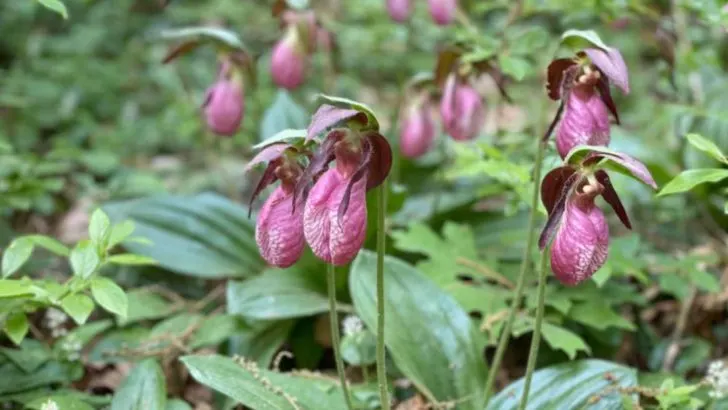Some plants are born to shine. Others get stuck in the shadow of their flashier cousins. You know the type—everyone raves about the celebrity plant. Meanwhile, its quieter relative is tougher, prettier, easier to grow… and completely ignored. It’s like the garden world’s version of sibling rivalry. The loud one gets all the glory, while the underdog quietly outperforms. But not anymore. We’re shining a spotlight on the underrated, the overlooked, the unsung heroes of the plant world. These 20 plants deserve better. They’re not just good alternatives—they might be better than the stars stealing their thunder. Ready to root for the underdogs? Let’s go.
Lesser Known Lily
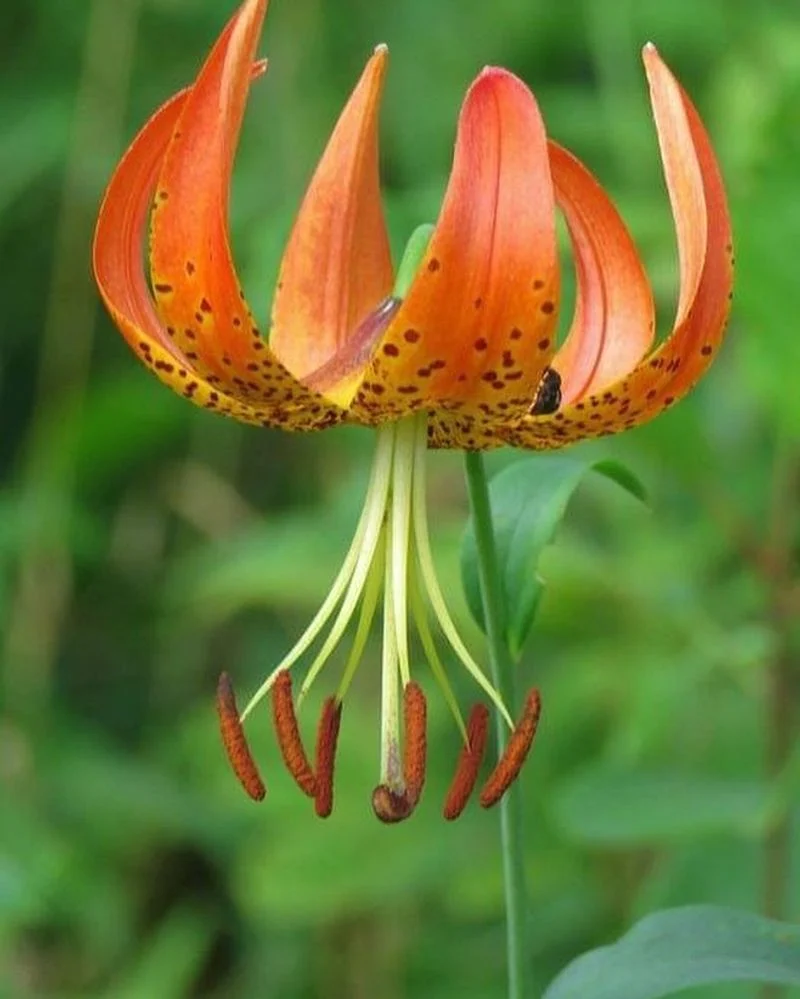
Often found in wild landscapes, the Turk’s Cap Lily is a hidden gem among its lily relatives. Its distinct, backward-curling petals and speckled orange hue make it uniquely captivating. Unlike the popular Easter lily, the Turk’s Cap offers a more exotic, wild allure.
This plant thrives in moist, well-drained soil and can grow impressively tall, adding a touch of drama to any garden. Despite its striking appearance, it remains less known to many gardening enthusiasts. Next time you plan a floral display, consider this lily for a touch of the unexpected.
Unseen Orchid Beauty
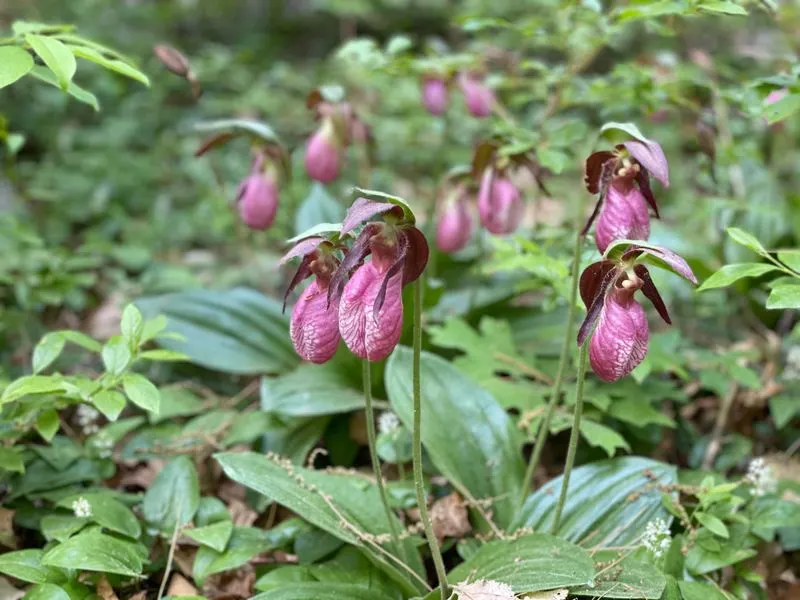
The Lady’s Slipper Orchid is a captivating sight, often hidden in forest floors. Its unique pouch-like bloom stands as a testament to nature’s creativity. While moth orchids grace many homes, the Lady’s Slipper remains relatively unknown.
This orchid thrives in shaded woodlands, often requiring specific conditions to flourish. Its rarity adds an air of mystery and exclusivity. For those seeking the extraordinary, this orchid offers a touch of the exotic, making every encounter with it memorable and cherished.
Humble Cousin of Rose
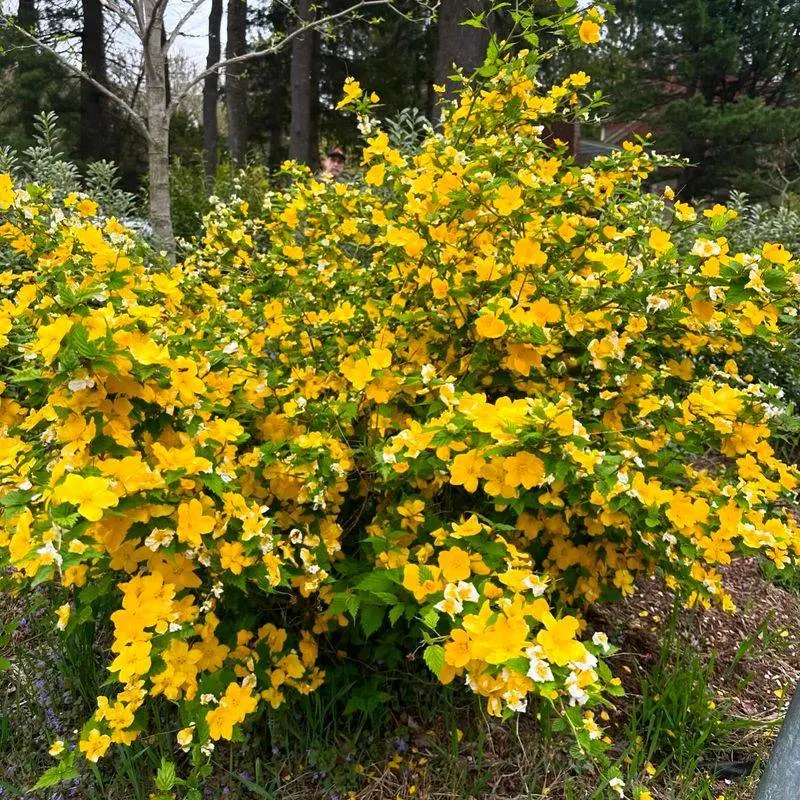
Japanese Kerria, with its cheerful yellow blossoms, is an unassuming cousin to the celebrated rose. Its simplicity and charm bring a splash of sunshine even on a cloudy day. Unlike the often high-maintenance rose, Kerria is easygoing and resilient.
This plant’s adaptability makes it a perfect choice for novice gardeners seeking color without the hassle. Its blooms persist throughout spring, ensuring prolonged enjoyment. Embrace the understated elegance of Japanese Kerria, and let it light up your garden with its golden hues.
Quiet Fern Delight
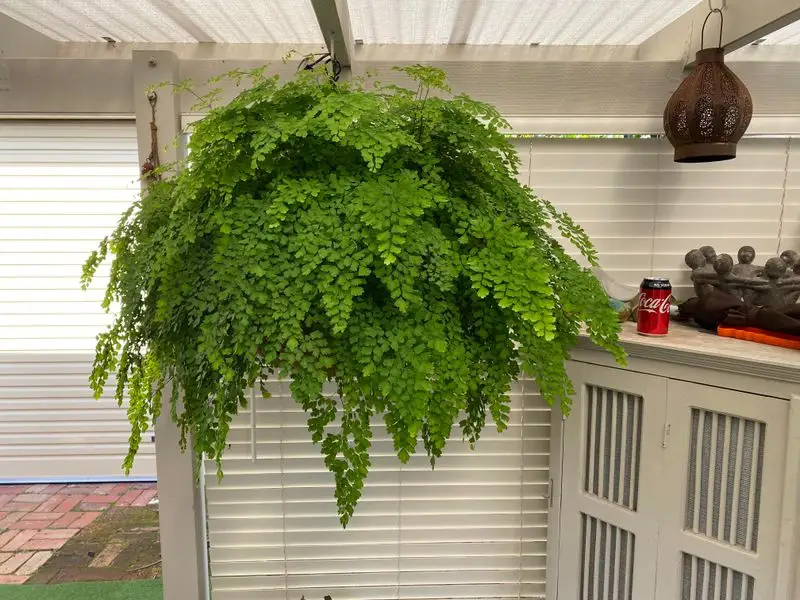
The Maidenhair Fern is an understated beauty, often overshadowed by more flamboyant ferns like the Boston. Its delicate, fan-shaped fronds exude grace and subtlety. This fern thrives in shaded, moist environments, making it perfect for creating serene, lush garden corners.
Its gentle appearance belies its resilience, as it adapts well to various indoor settings. The Maidenhair invites a touch of tranquility to any space, offering a gentle reminder of nature’s softer side. It’s a must-have for those seeking peace and elegance.
Subtle Sage Sibling
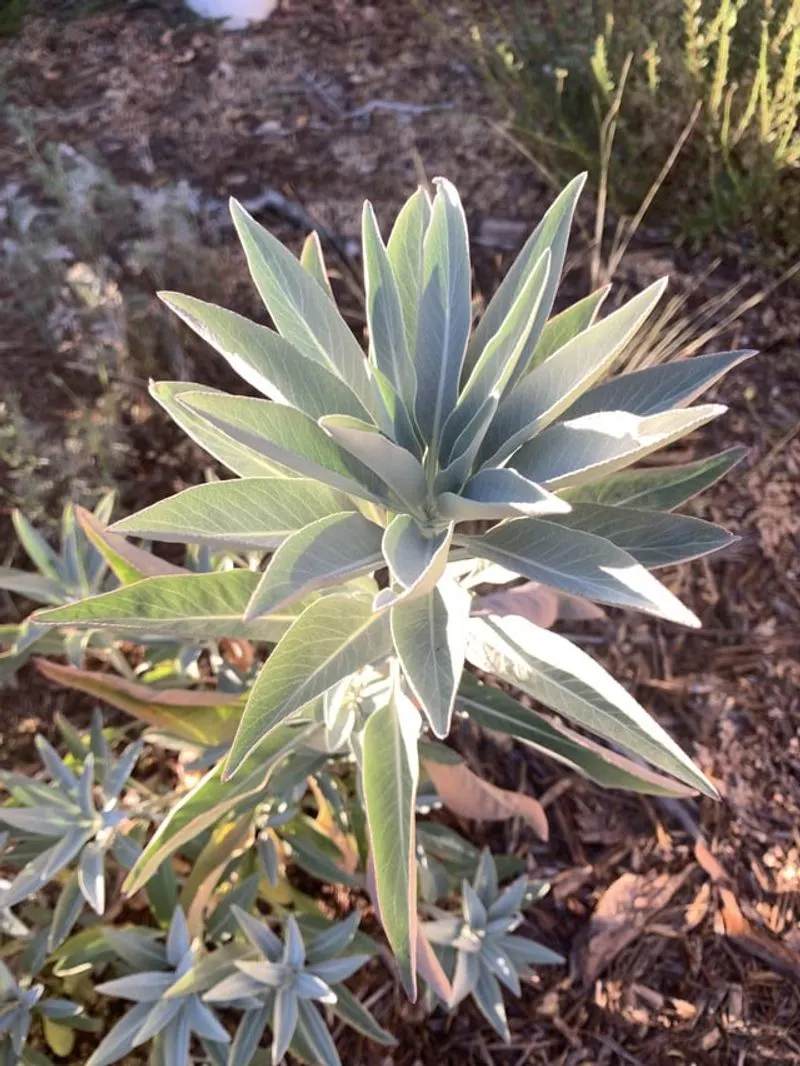
White Sage is often overlooked, despite its historical significance and aromatic properties. While garden sage is widely known for culinary uses, White Sage holds a sacred place in many cultural rituals.
Its silvery leaves and robust fragrance offer a sensory delight, often used for smudging and purification. Growing in arid regions, it thrives in well-drained soil and plenty of sunlight. For those interested in cultural practices or seeking a drought-tolerant plant, White Sage is an invaluable addition.
Unassuming Aster Relative
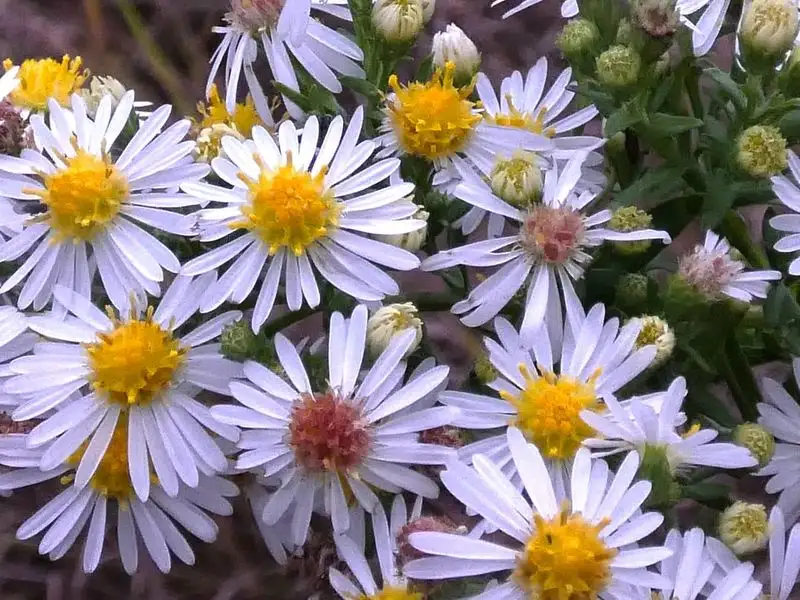
Heath Aster, with its small, daisy-like blossoms, is often outshined by its more prominent aster relatives. It brings a cheerful presence to meadows and wild gardens, blooming profusely in late summer.
This aster’s hardy nature and ability to thrive in poor soil make it an excellent choice for naturalistic landscapes. Its understated beauty and ecological value, providing habitat for pollinators, add depth to any garden. Choose Heath Aster for a touch of wild charm.
Forgotten Heather Kin
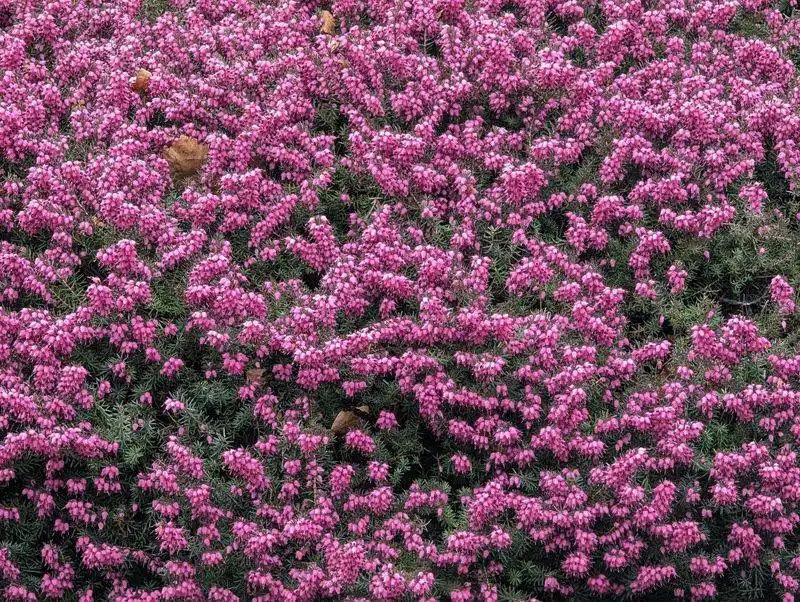
Erica Carnea, a hardy winter-flowering heath, is often overshadowed by its more famous relative, the Calluna or common heather. Its ability to bloom in the bleakest months makes it a treasure for winter gardens.
This plant thrives in rocky, acidic soils, providing color when most other plants have succumbed to winter’s chill. Its resilience and vibrant blooms make Erica Carnea a charming addition to any landscape, bridging the gap between seasons with grace and color.
Underappreciated Hydrangea Variety
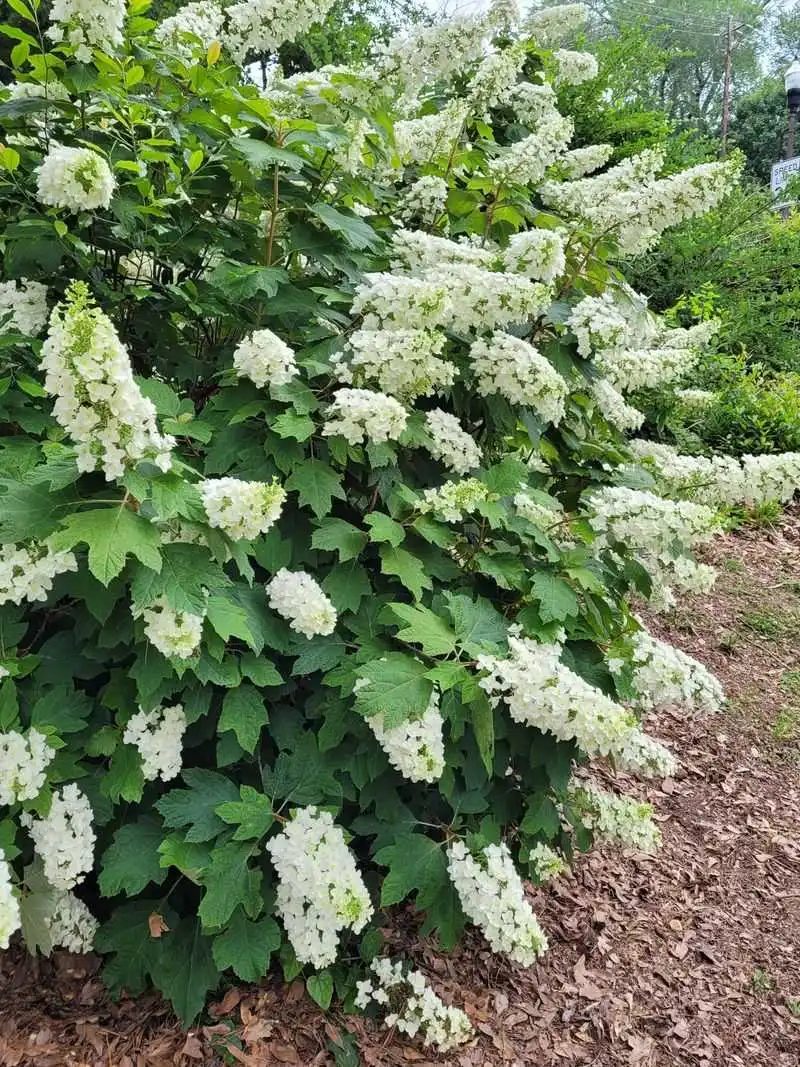
Oakleaf Hydrangea offers a rustic charm, distinct from the traditional big-leaf hydrangeas. Its unique foliage, reminiscent of oak leaves, turns brilliant shades of red and orange in the fall.
This plant’s cone-shaped flower clusters provide a different aesthetic, bringing texture and interest throughout summer into autumn. It’s ideal for woodland gardens and informal settings. For those seeking diversity in their garden palette, Oakleaf Hydrangea delivers both beauty and seasonal intrigue.
Neglected Narcissus
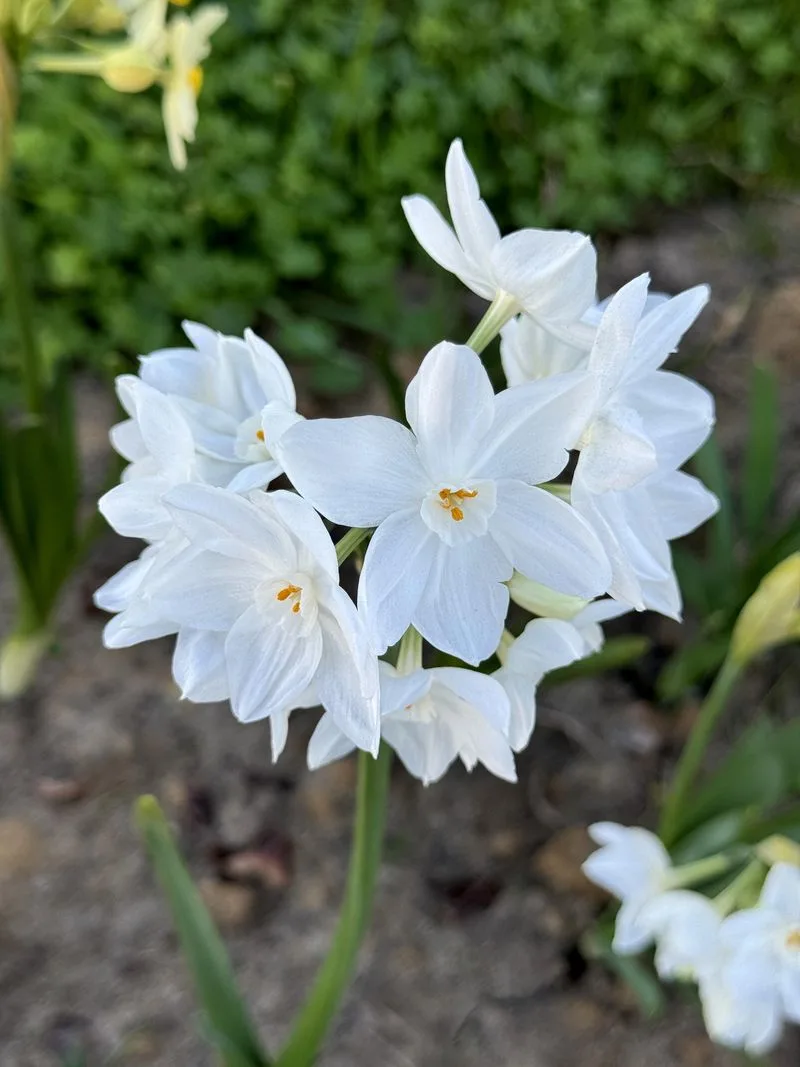
Paperwhite Narcissus is an elegant, fragrant bloom often eclipsed by the more conventional daffodils. Its pure white flowers and heady fragrance bring a touch of sophistication to any floral arrangement.
Unlike its daffodil relatives, Paperwhites bloom indoors during winter, offering a burst of floral cheer when outdoor gardens lie dormant. Their easy cultivation makes them a favorite for those who seek indoor gardening success. Embrace the timeless elegance of Paperwhite Narcissus.
Camellia’s Quiet Cousin
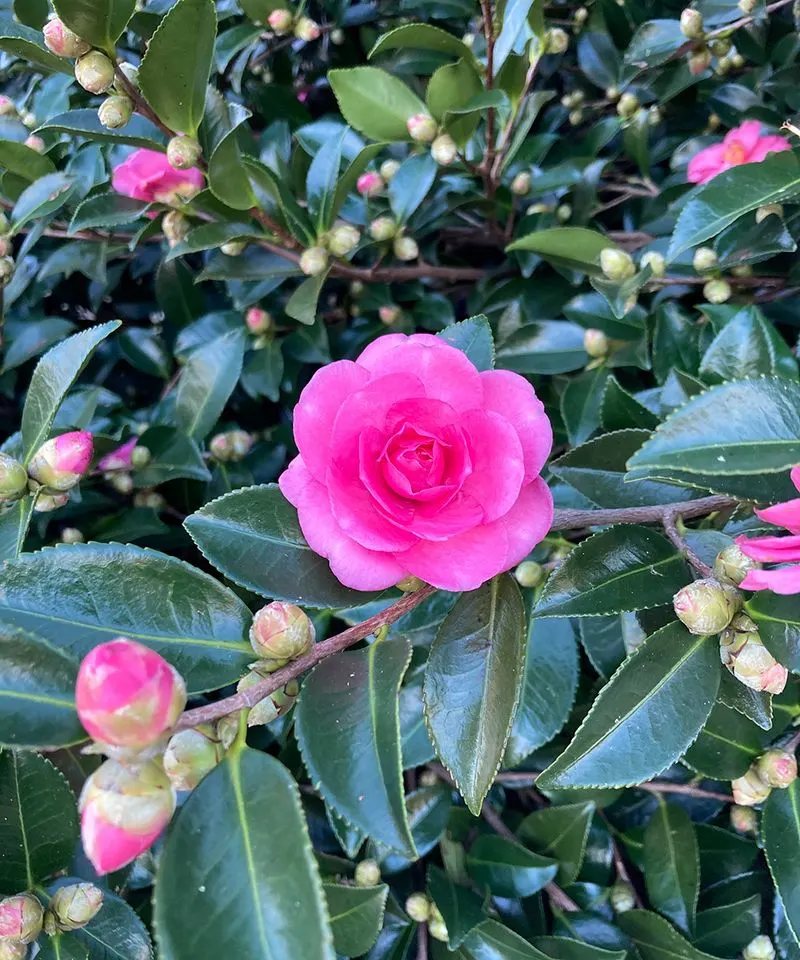
Sasanqua Camellia blooms in late autumn, offering a gentle contrast to its more famous relative, the Japonica. Its smaller flowers and adaptable nature make it a versatile choice for diverse climates.
This camellia’s delicate blooms add color and fragrance when few other plants thrive. Its ability to bloom in light shade makes it perfect for woodland areas or shaded gardens. Welcome the understated charm of Sasanqua Camellia into your garden for a touch of late-season beauty.
Shy Sunflower Sibling
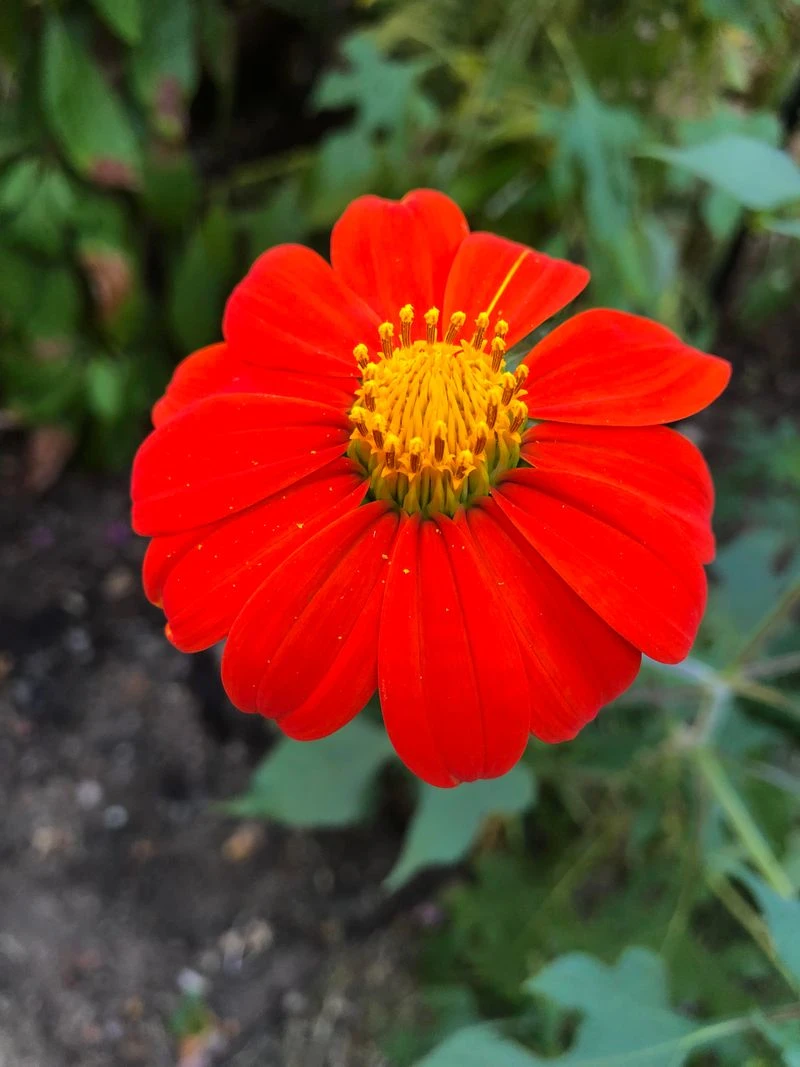
The Mexican Sunflower, with its fiery orange blossoms, often stands in the shadow of its giant sunflower relatives. Its bold color and smaller stature bring a different energy to gardens, attracting butterflies and hummingbirds.
This plant thrives in sunny, well-drained soils, offering prolonged blooms throughout summer. Its resilience to heat and drought makes it a valuable choice for gardeners seeking vibrant, low-maintenance options. Add Mexican Sunflower for a splash of color and life.
Subdued Succulent Star
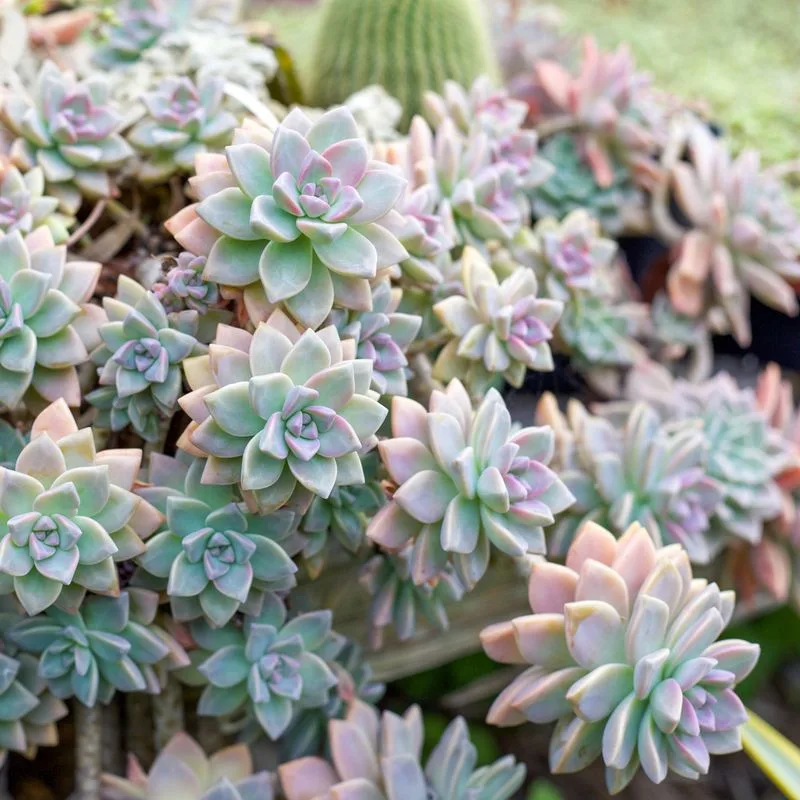
Ghost Plant, or Graptopetalum, is a subtle succulent often overshadowed by more colorful relatives like the Echeveria. Its pale, pastel rosettes offer a soothing visual appeal, perfect for minimalist gardens.
Thriving in arid environments, this plant’s low-maintenance nature makes it ideal for beginners and busy gardeners. Its ability to propagate easily ensures that it can spread gently across garden spaces. Consider the Ghost Plant for a calming, elegant touch in your landscape.
Lesser-Known Lavender
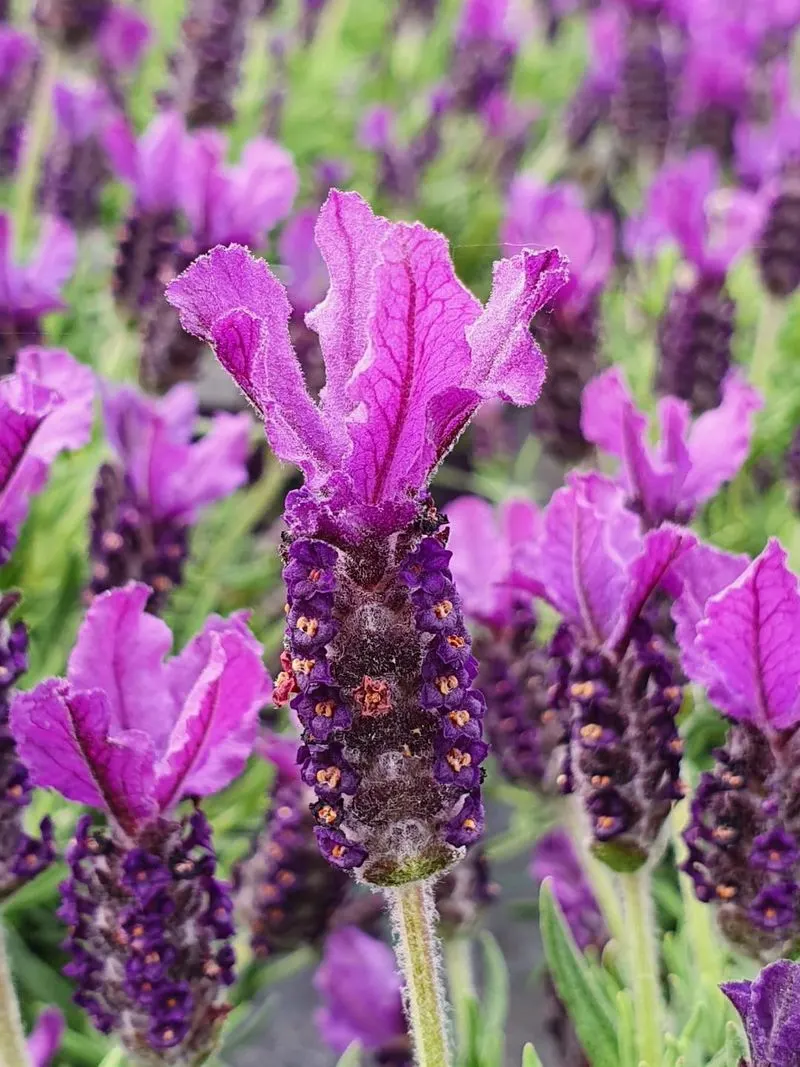
Spanish Lavender, with its tufted blooms, presents a unique variation on the classic lavender theme. Its striking appearance and sweet fragrance often take a backseat to the more commonly known English Lavender.
This plant thrives in hot, dry climates, making it perfect for Mediterranean-style gardens. Its ability to attract pollinators adds ecological value, while its beauty enhances garden aesthetics. Celebrate the distinctiveness of Spanish Lavender for a fresh take on a classic scent.
Unsung Vine Virtuoso
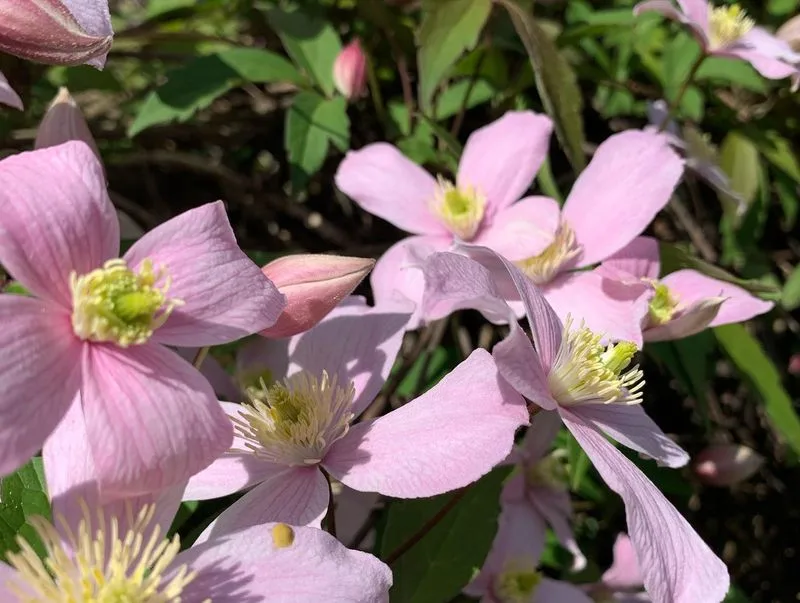
Clematis Montana, known for its exuberant spring blooms, often hides behind more popular clematis varieties. Its vigorous growth and charming flowers make it a delightful addition to trellises and arbors.
This plant’s ability to cover large areas quickly provides excellent visual coverage, perfect for adding vertical interest. Its sweetly scented flowers offer a feast for the senses. For those seeking rapid growth with a touch of romance, Clematis Montana is an inspired choice.
Uncelebrated Cactus Cousin
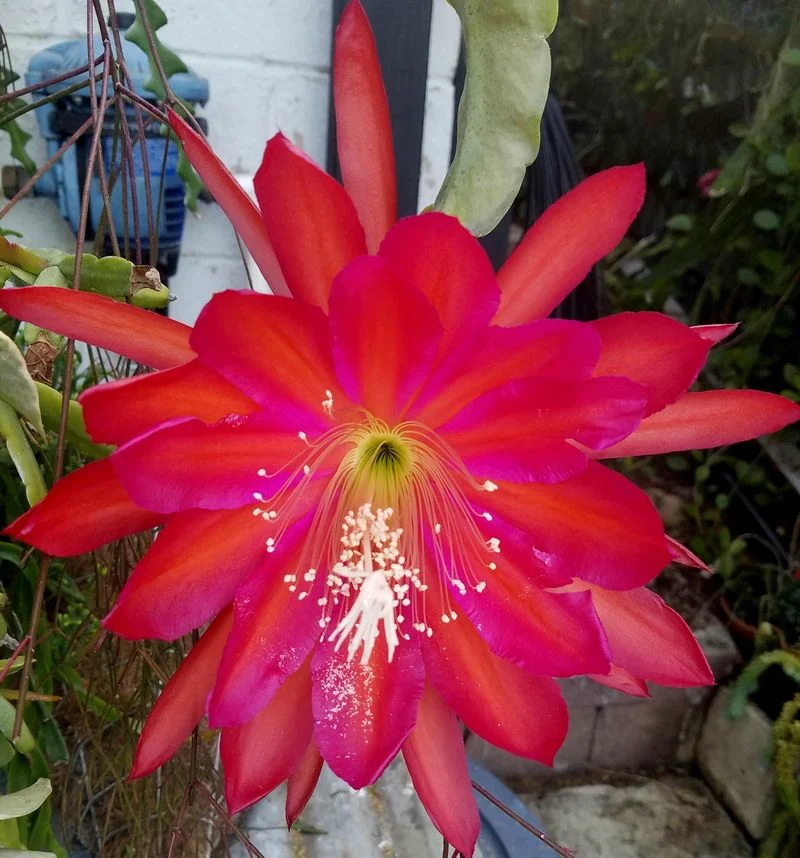
Epiphyllum, or orchid cactus, presents a dramatic flair with its large, colorful blooms. While traditional cacti are appreciated for their resilience, Epiphyllum dazzles with eye-catching flowers.
This plant thrives in indirect light and well-drained soil, making it suitable for indoor gardening. Its nocturnal blooms, often fragrant, add an element of surprise and wonder. Discover the exotic allure of Epiphyllum and let it transform your living space with its spectacular display.
Underestimated Urban Tree
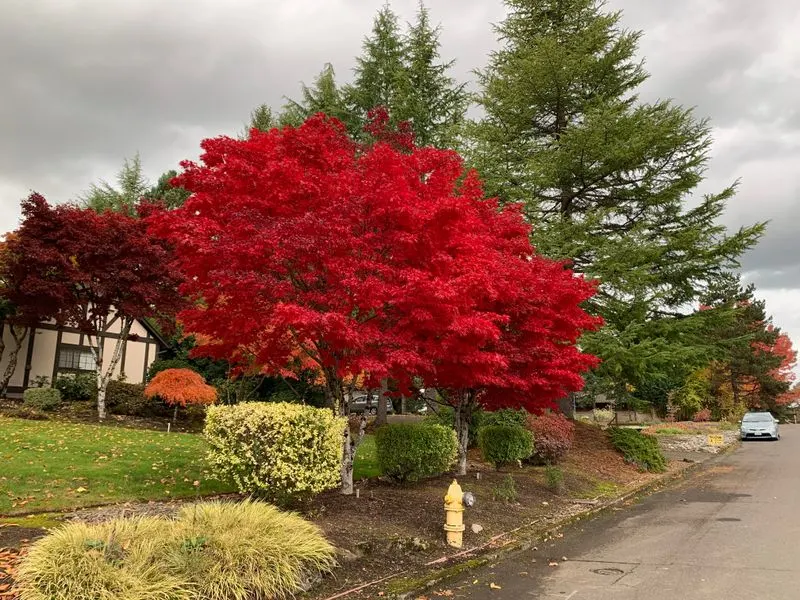
The Amur Maple, with its vibrant fall foliage, often remains overlooked in urban planning. Its compact size and adaptability make it perfect for cityscapes, providing shade and seasonal beauty.
This tree thrives in various climates, offering brilliant red and orange hues in autumn. Its resilience and aesthetic appeal make it an ideal choice for small gardens and urban environments. For those seeking vibrant autumnal displays, the Amur Maple is a standout selection.
Less Celebrated Hosta
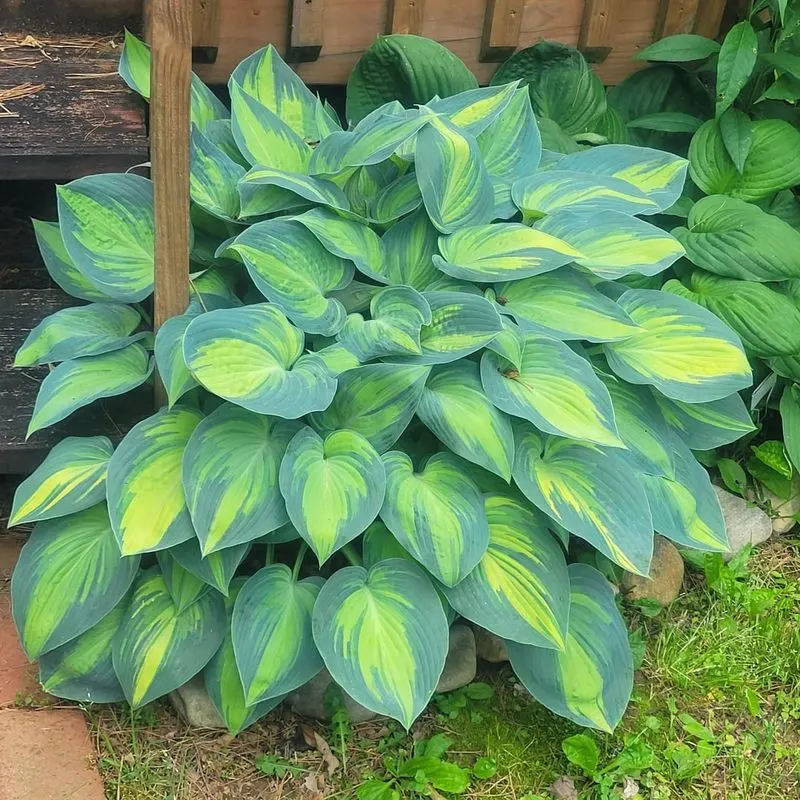
Hosta ‘Halcyon’, with its striking blue-green foliage, often stands in the shadow of more popular hosta varieties. Its unique color and texture add depth to shaded garden beds.
This hardy plant thrives in low-light conditions, offering a soothing backdrop to more vibrant blooms. Its pest-resistant nature makes it a reliable choice for garden enthusiasts. Consider Hosta ‘Halcyon’ for a touch of tranquility and understated elegance in your garden design.
Unassuming Aloe Ally
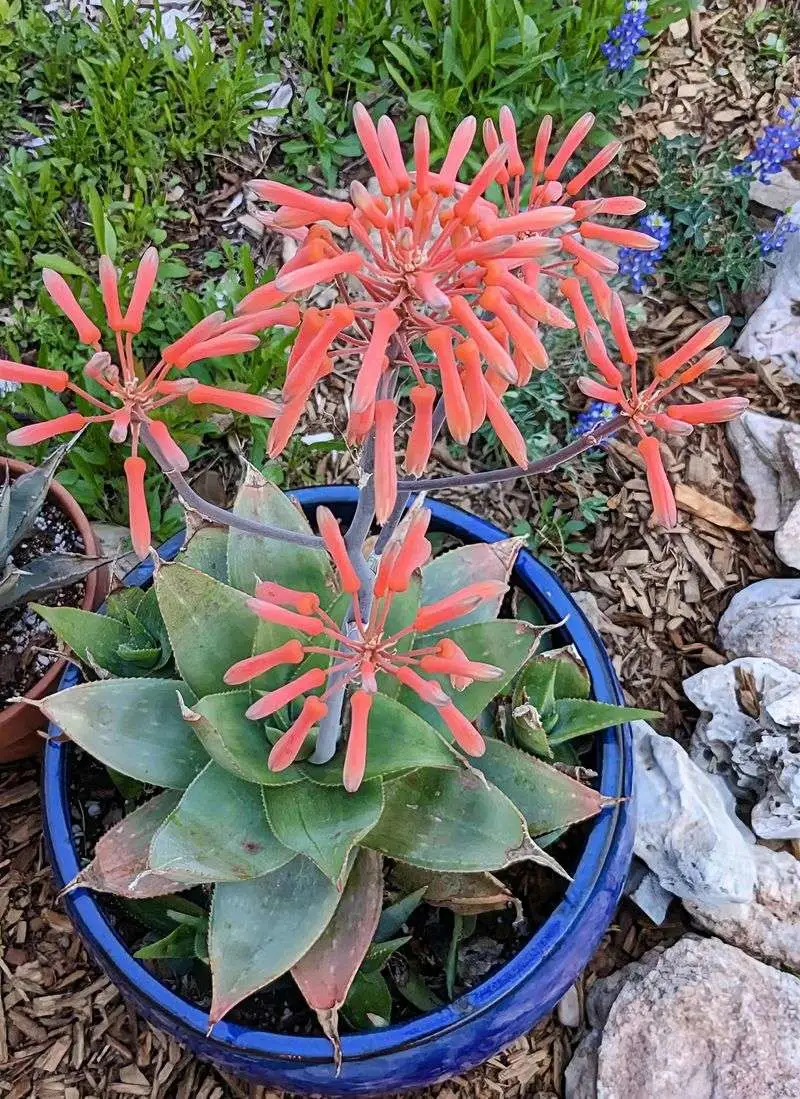
Soap Aloe, with its distinctive spotted leaves, often goes unnoticed next to its more famous cousin, Aloe Vera. Its vibrant orange flowers add a splash of color to arid landscapes.
This succulent thrives in well-drained soils and sunny locations, offering easy care and resilience. Its medicinal properties, similar to Aloe Vera, provide additional benefits. For those seeking a hardy, ornamental plant with practical uses, Soap Aloe is a valuable addition.
Overlooked Ornamental Grass
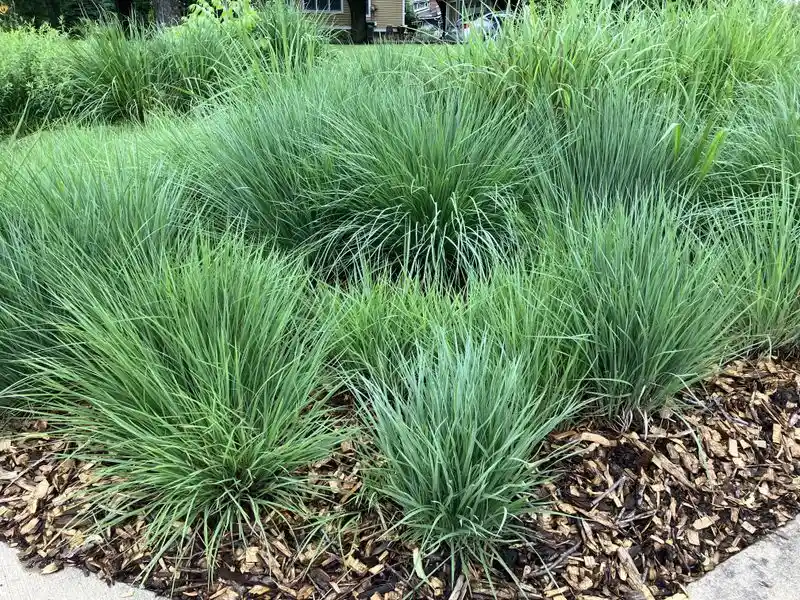
Blue Oat Grass, with its striking steel-blue foliage, often sits in the shadow of more common ornamental grasses. Its unique color and fine texture make it a standout choice for landscaping.
Thriving in coastal and rocky settings, this grass offers durability and visual interest year-round. Its ability to withstand harsh conditions makes it ideal for environmentally challenged areas. For those interested in sustainable gardening, Blue Oat Grass provides both beauty and resilience.
Neglectful Nepeta Neighbor
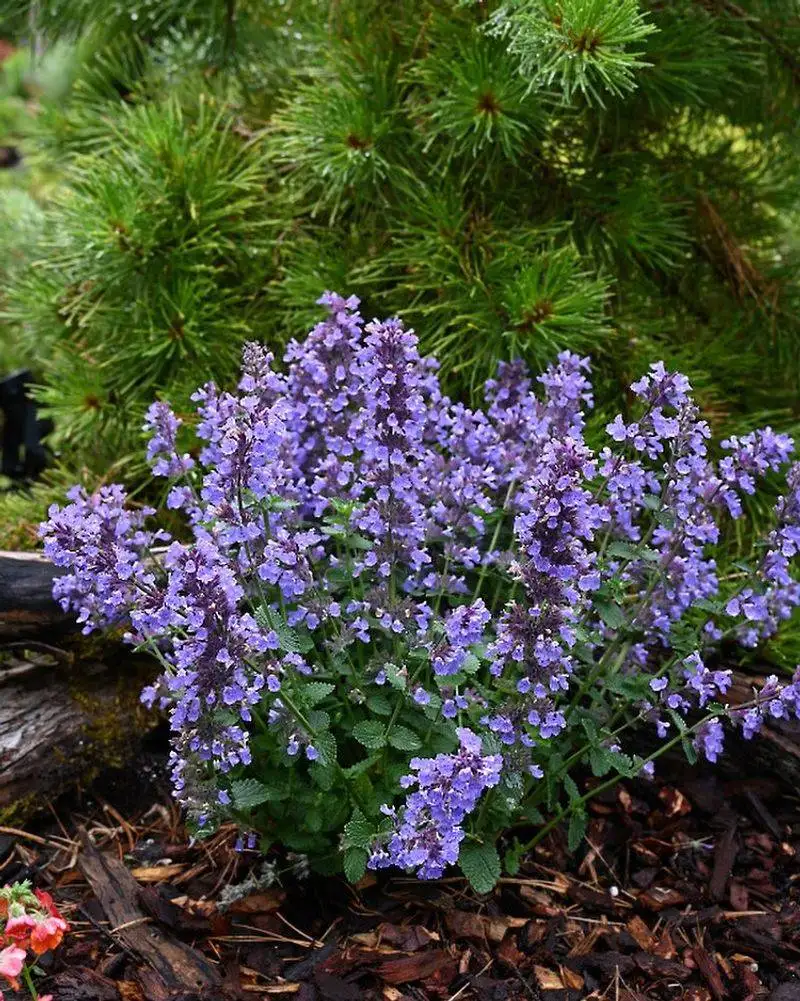
Catmint, with its aromatic foliage and lavender-blue blooms, often takes a back seat to its relative, catnip. Its soft fragrance and long blooming season make it a favorite among pollinators and gardeners alike.
This plant’s drought tolerance and low maintenance requirements make it ideal for cottage gardens and borders. Its calming scent and delicate flowers add a soothing presence to any landscape. Embrace Catmint for its gentle charm and ecological benefits.

